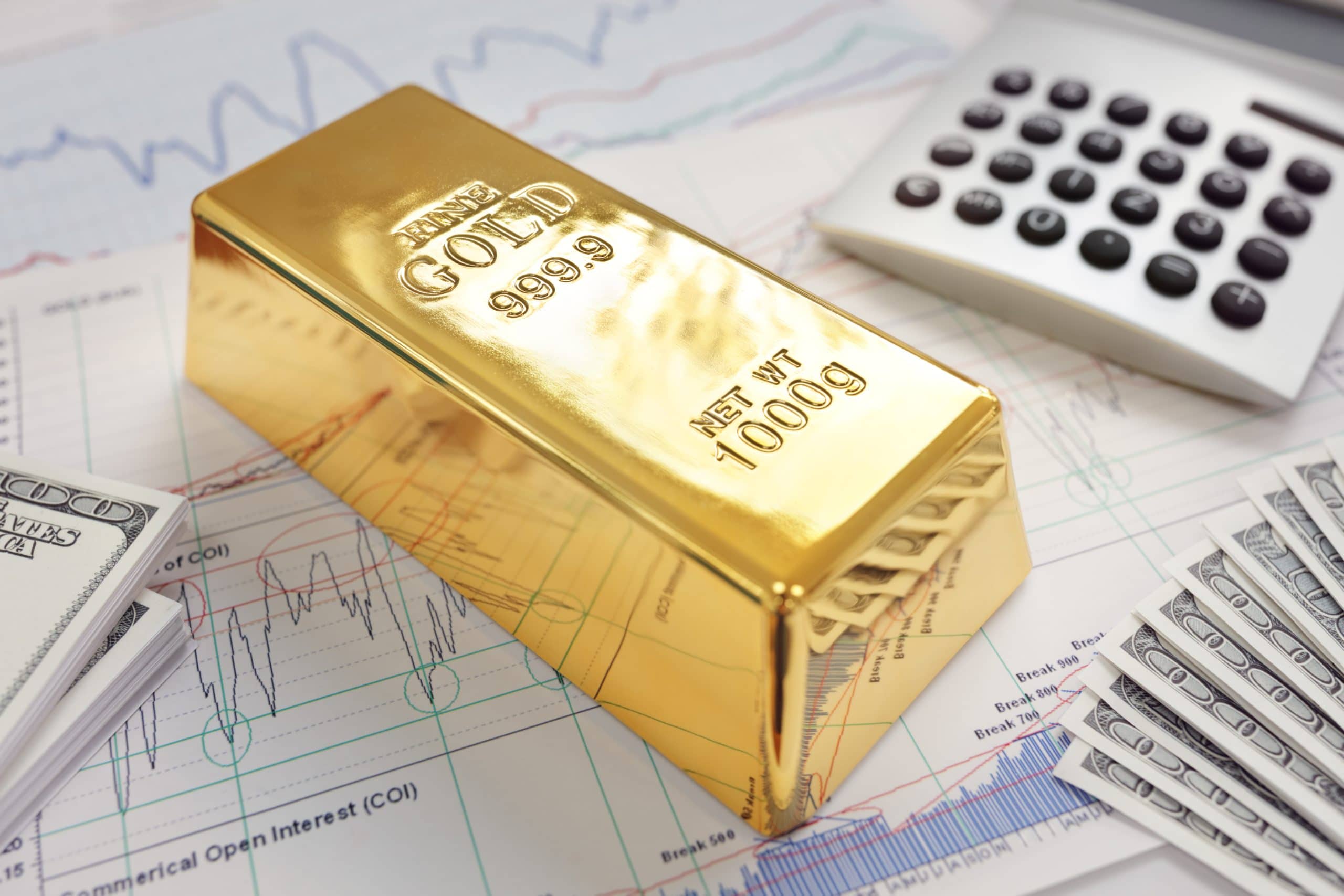
13 Oct Investing In Precious Metals
Between the 2008 recession and the economic instability precipitated by the COVID-19 pandemic, the financial sector has seen a renewed interest in investments in precious metals. If you fall into that category of people, you’re not alone. Perhaps you’re looking to cultivate some stability in your finances, or maybe you’re simply curious about how to diversify and expand your portfolio.
Regardless of where you fall on the spectrum, precious metal investment is a good thing to be aware of. Buying precious metals comes with a variety of benefits (as well as some risk) and, depending on your financial situation and goals, could be a useful addition to your portfolio.
Why Precious Metals
Gold and humans have a long, rich history together (pun intended). Though the date of its first introduction into society is difficult to pinpoint, experts tend to agree that gold has been used as jewelry or decoration since at least 2000 BCE, possibly earlier. Gold coins were introduced somewhat later (around 560 BCE). Even after the introduction of paper money and the eventual abandonment of the Gold Standard (according to which the value of currency is directly linked to gold) precious metals still function as part of our economic system.
The reason for this is that precious metals such as gold, silver, platinum, and palladium have inherent value. Paper money and electronic funds, which are the two forms of currency that most people are likely familiar with, are not inherently valuable—rather, they act as signifiers for value.
As a result, these forms of currency are vulnerable to inflation and political or economic upheaval. While the value of gold does fluctuate, it tends to remain much more stable than cash or other assets. Many people invest in gold for the purpose of creating a hedge against inflation.
Moreover, gold has universal value. While most different forms of currencies are subject to exchange rates, gold has mutual value within different monetary systems. For this reason (as well as its resistance to inflation), gold and other precious metals are attractive options for people who fear unrest or violence in their home country and want to have the option to leave suddenly and take transferable capital with them.
How To Invest In Precious Metals: Getting Started
If you decide to invest in precious metals, you’ll have to choose between four main options: gold, silver, platinum, and palladium. As you make your decision, here are a few things to consider:
- What is your primary motivation for investing? If your goal is accumulating inflation-resistant assets, gold may be your best bet. Gold has historically been the most popular option, and its prices are generally the least volatile out of the four.
- Does the metal you are considering have other uses? For example, silver, platinum, and palladium are all commonly used for different industrial purposes. This means that its value will be affected by supply and demand, and may fluctuate more than gold.
- Where does it come from? For example, the primary sources for platinum are Russia and South Africa. If the supply of a specific metal is largely focused in one place, it may be worth considering how the political and economic situation in that area can affect its availability.
Once you’ve determined which metal best serves your needs, you will need to decide how you’d like to invest in that metal. The safest and most traditional option is to buy bullion (bars or coins). While bullion is essential for anyone who anticipates needing liquid assets, it isn’t practical for everyone. In addition to taking up storage space, bullion that is lost or stolen is potentially gone for good.
Other options for investing in precious metals include certificates, commodity exchange traded funds (ETFs), stocks and mutual funds, or futures and options. There are also specific IRAs, known as Gold IRAs, which offer a tax-efficient, stable way to diversify your assets while also protecting them. Each of these come with their own benefits and drawbacks, and have varying degrees of risk and stability. For example, ETFs are liquid and easy to buy/sell, whereas futures tend to be the most unstable. Consider talking to a financial advisor who specializes in precious metals to see which one is the best fit for your investment needs.
***
At UA Legacy Grants, our mission is to empower over 1 million individuals with the tools needed to increase financial literacy and the ability to create financial abundance for their families. Our UA Abundance Packages help individuals and organizations to reach their financial goals, like making college more affordable for students, through our Purchase With Purpose program. Between grant donors and contributions from our “for profit” sister company, Universal Achievers, we are able to provide granted financial wellness packages to those in need.
Find out how you can learn more about what we do or purchase your own UA Abundance Package today!

No Comments